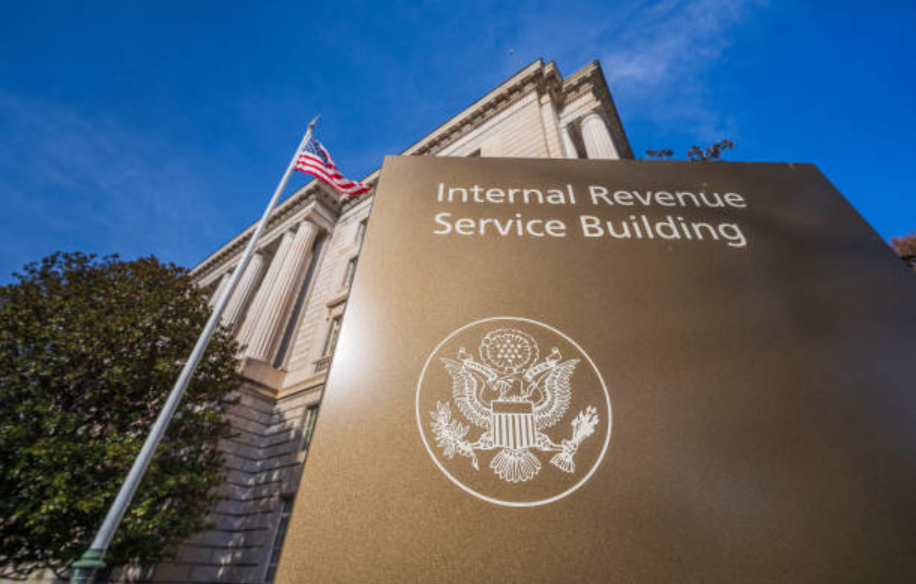The IRS notice that marks the beginning of filing tax returns is always met with great anticipation from taxpayers who hope to get their refunds in the weeks that follow.
In an eagerly awaited declaration, the IRS revealed that the tax filing season will officially open on January 29, providing taxpayers until April 15 to submit their returns.
Those needing extra time can seek an extension, extending their deadline until mid-October. However, exceptions exist for Maine and Massachusetts residents, who have until April 17 due to state holidays.
Residents in federally declared disaster areas might also have extended filing periods. This season is predicted to witness around 128.7 million individual tax returns, as disclosed by the IRS.
While the IRS begins processing tax returns on January 29, individuals can commence preparatory work beforehand, engaging tax professionals or using software.
IRS Free File Program Launch

The IRS Free File program will kick off on January 12, allowing tax prep companies to accept completed returns, holding them until the filing date.
Refunds usually arrive within 21 days, implying that those filing on January 29, the earliest date, might expect refunds by February 19.
However, the IRS advises that some returns might undergo additional review, potentially elongating the refund process. To monitor refund status, individuals can use the IRS2Go app or visit the ‘Where’s My Refund?’ tool on IRS.gov.
It’s essential to note that electronic filing facilitates quicker refunds, while paper returns might significantly extend processing times. The IRS strongly advocates for e-filing, highlighting its efficiency over paper submissions.
As the tax filing season approaches, taxpayers are urged to prepare early, consider e-filing for swifter processing, and remain vigilant about tracking their refunds to ensure a smooth and efficient tax return experience.


Comments are closed.